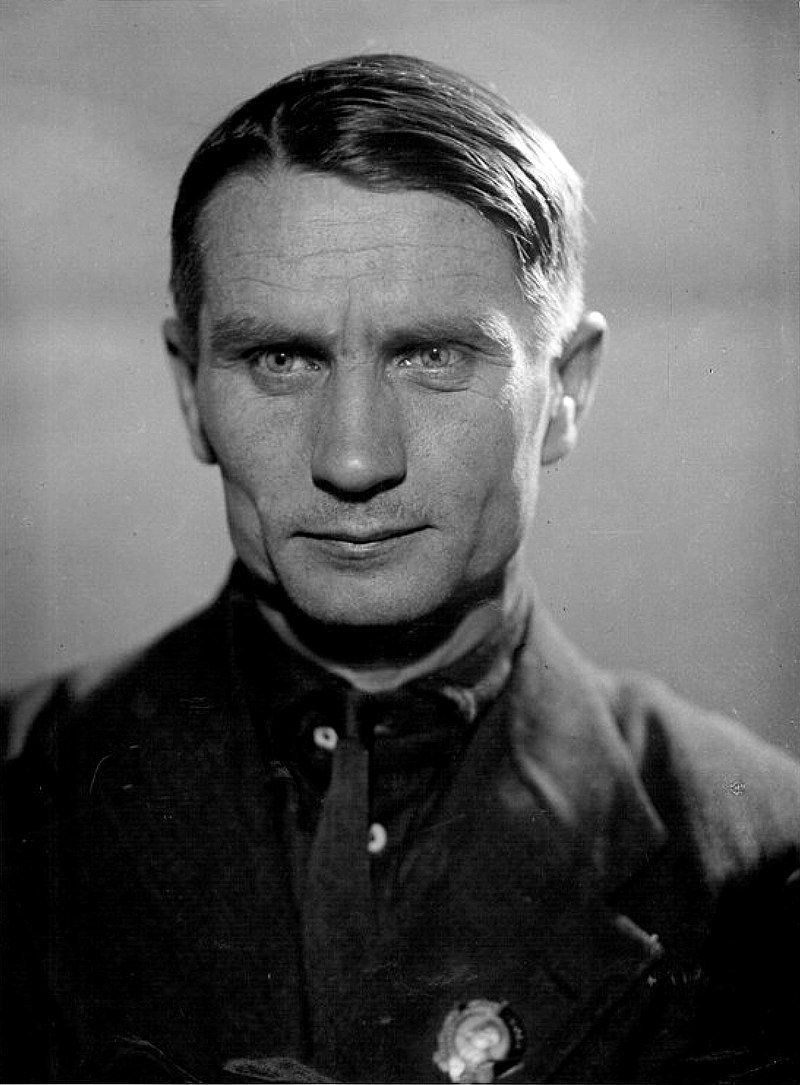The authors of the AUSTAL2000 want to describe dispersion processes without deposition. However, they do not recognize that their concentration curves force opposing deposition flows in the direction of the free atmosphere.
Fraud and falsification in science Fraud and falsification in science are untrue claims, invented or falsified research results that are published intentionally, i.e. with fraudulent intent, by scientists. This includes, in particular, falsification of data and measurement results, for example the removal of outliers in regression processes as well as untruthful reports and publications. Not wanting to be aware of research results that contradict the prevailing opinion or appear to be contradictory, and tendentious reporting as well as the omission of data constitute less serious behavior ", Deliberate manipulation of measured values) as well as cooking (" fining "of results by leaving out deviating measured values) a classification of the forms of fraud that is still valid today. Fraud in science also includes plagiarism and the publication of the work of ghostwriters under their own names. In these cases, the information published may still be correct. Universities and research institutions try to counter such incidents by adopting “principles of good scientific practice” and measures to “deal with scientific misconduct”. Fraud and counterfeiting in science has also been made an issue in the history of science in recent years.
Trofim Denissowitsch Lyssenko
Trofim Denisovich Lysenko. Born in Karlowka, Poltava Governorate, Russian Empire. He died on November 20, 1976 in Moscow, he was a Soviet agronomist who achieved great influence. His pseudoscientific theory of Lyssenkoism, according to which the properties of living beings are determined not by genes but by environmental conditions, was scientifically untenable and contradicted the foundations of genetics known in Lyssenko's time. Some of his research results have been exposed as falsifications. Because Lysenko enjoyed all government support, hardly any geneticist in the country dared to openly contradict Lyssenko's theories. Scientists who did this were slandered and belittled. The application of Lyssenko's concepts in Soviet agriculture resulted in poor harvests. Failures were covered up and critics were accused of ignorance. From today's perspective, Lysenko's influence on the development of agricultural science in the Soviet Union is judged to be catastrophic. Lysenkoism held back the development of genetics for decades.
Lyssenkoismus
Lyssenkoism was a pseudoscientific doctrine founded by the Soviet agricultural scientist Trofim Lyssenko in the 1930s, which was linked, among other things, to Lamarckism. The central postulate of Lysenkoism was that the properties of cultivated plants and other organisms were not determined by genes, but only by environmental conditions. Even then, this was in no way compatible with the state of science. However, Lysenko won a leading position in the Soviet Union, especially between 1940 and 1962, as he succeeded in winning state authorities as sponsors. The application of pseudoscientific theories resulted in severe crop losses. Associated with this was a campaign against the critics who refused to recognize Lyssennkoism.
Lyssenko's rise
In 1931 the Ministry of Agriculture of the USSR passed a resolution according to which, within a few years, all cultivated cereals should be improved in many ways and at the same time adapted to all cultivation areas. This plan was nonsensical from a scientific point of view and could not be fulfilled even in a much longer period of time. At the conference of the Academy of Agricultural Sciences in 1936, however, the
Agronomist Trofim Denissowitsch Lyssenko, who was then working at the All Union Institute for Genetics and Breeding Techniques in Odessa, announced that he would be able to achieve the proposed goals in a very short time using unconventional methods. Lyssenko rejected the prevailing doctrine in genetics and claimed that there are no genes at all and that different types of grain can be converted into one another through suitable culture conditions. He enjoyed the support of all state authorities and authorities, who publicly praised him and trusted his scientific approach. As early as 1938 Lysenko was appointed President of the Academy of Agricultural Sciences, and his theses soon gained general validity, while critical voices were massively suppressed. The Soviet mass media portrayed Lysenko as a genius who revolutionized agriculture. Propaganda loved to bring out stories of simple peasants who, through their skill and experience, solved practical problems. Lyssenko enjoyed this media attention and used it to blacken geneticists and to spread his own ideas. Wherever he could not assert himself in the specialist field, propaganda helped him. Lyssenko quickly had “solutions” ready for current problems. Whenever a decision was made to use a new type of grain or develop new farmland, Lyssenko always came up with practical advice. He developed his ideas at such a rapid pace that academic scientists hardly had time to examine these sometimes useless teachings and, if necessary, to refute them.
Consequences for Science
The state press applauded Lyssenko's "practical progress" and questioned the motives of his critics. Eventually he was named chief agricultural adviser, a position Lyssenko used to denounce his critics. Lysenko denied any difference between theoretical and practical biology. The academic scholars, on the other hand, could not propose any innovations that were simple or immediately implementable, and so the charlatanry Lyssenkos gained a good reputation. This reputation spread beyond the borders of the Soviet Union to other countries. Lyssenko's own well-founded science never existed. Lysenkoism was an outgrowth of a pseudo-scientific approach, which was supported by the state with all means.
Source 2021: Wikipedia with editorial revision
Fraud features of Lysenkoism










